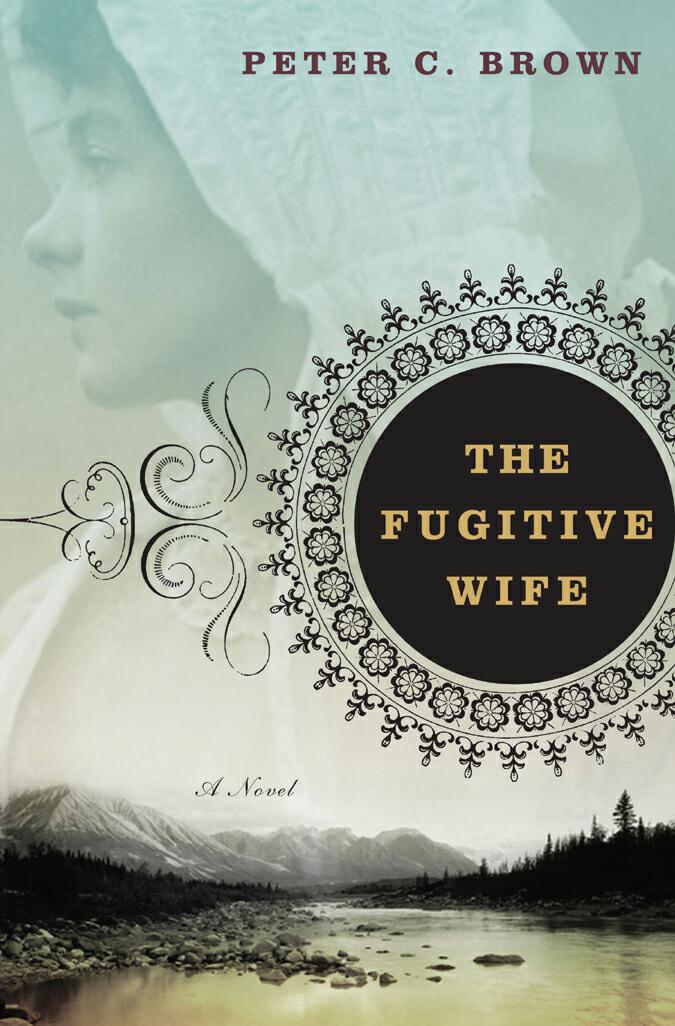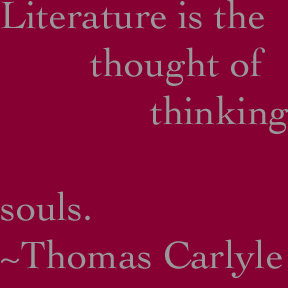Thinking Souls: The Fugitive Wife
Shannon Gibney reviews Peter Brown's "The Fugitive Wife," the Thinking Souls pick for June. It's perfect summer reading, so pick up your copy at Magers and Quinn and join our online book club, Thinking Souls Read.


What is ultimately the more perilous journey – the one across harsh, cold and unknown land, or the one in which the delicacies of feeling must be carefully traversed, with no destination in mind or in sight? This was the primary question that came to mind after I finished Peter C. Brown’s new novel The Fugitive Wife (Norton, 2006). The book ostensibly concerns the Alaskan Gold Rush of 1900, and a woman named Essie Crummey, who finds a place for herself in a mining company after fleeing a bad marriage. The book’s real subject, however, is the negotiation of attachment, obligation, and love between men and women.
In a particularly moving passage in the point of view of Essie, Brown writes, “What she had once thought to find in marriage was nonetheless true in the matter of horsehair rope. A little wear takes off the prickles and you get a soft rein that lies easy on a horse. Hitching was finer work, each knot like a decision you made that cinched into place and added a pattern you see only gradually, looking back over the lay of it. The boy’s conception. Her marriage. Taking the Pederson place for their own. She watched her fingers form the loops and snug the knots, the diamond pattern slowly widening,” (p. 184). It is through finely honed metaphors like this, and slow, deliberate scenes that take the time to show us minute details, that a complete picture of the life and struggles of the protagonists emerges.
This is not another contemporary romance novel set in the world of turn-of-the-century rural America (thank God). The vivid descriptions of farm life in northern Minnesota alone leave no room for grand illusions about a return to simplicity. “They worked from half-six in the morning until six in the evening. Esther, who was twenty that year, and her sister Constance, sixteen, rose at five-thirty, lit the stove, collected the eggs, and served breakfast. They carried sandwiches, coffee, and cookies into the field for morning lunch at half-nine. They returned to the house to help their mother, Jess, and two neighbor women prepare dinner. They put out washbasins and towels in the yard for the men, and at noon they put dinner on the long table on the back porch. They washed up from dinner and set the clean dishes back on the table for supper. They carried afternoon lunch to the field at three-thirty, freshened the basins and towels, and served supper on the porch at half past six,” (p. 120).
And when the book shifts into the sections on seafaring and the life on the Alaskan coast and interior, the picture becomes no less detailed. The Fugitive Wife is nothing if not an assault on the senses, an out-of-body trip back to a time before sanitation and any notion of public health, a time when the philosophy of Manifest Destiny propelled many to incredible fortune and even more incredible death. As a study on the inner workings of empire, and how power is made, disbursed, maintained and increased in the American context, The Fugitive Wife is fascinating. Characters like Nate Deaton, an engineer who designs a hydraulic dredge to pump for gold off the coast of Nome, Alaska, beautifully illustrate this theme. After he pitches the scheme to a group of New England investors, “Nate was dumbstruck. Walk into a man’s office and show him how to pull a fortune out of the sea, and then walk out with 99 percent of the enterprise in other people’s pockets. It took him three days to reconcile the truth of it: if he was to get into the game at Nome with machinery, he had nowhere else to turn,” (p. 52).
Brown does sometimes get carried away in detail, however. The Fugitive Wife is not the novel for those who do not want to read pages and pages detailing the intricacies of various off-shore and interior mining techniques, gold prospecting disputes, and threshing machines. Although the wealth of detail the book delivers is one of its greatest assets, it is also one of its primary flaws. The pacing feels off in places, with certain passages and scenes feeling interminably long for no reason this reader could discern. The characters are so compelling, and their negotiations with each other so layered, however, that these lapses in narrative tension are easily overlooked.
This reader also appreciated Brown’s deep attention to language. The poetry of passages like this, meditating on the beauty of the Minnesota Red River Valley, make The Fugitive Wife breathtaking in places. “It was well after sunset when they went back, him on the bicycle and her beside on her horse, Mister Jones, the air cool and autumny. The sweet smell of the straw burn off somebody’s farm caught Esther by surprise and flushed fall memories like a flock of chicks out of the garden, vivid sensations that disappeared as fast as pullets after grasshoppers, no particular story so much as the feeling of busyness, of putting by for winter, of hard sleep. Nothing between the two of them as they traveled the road but the early stars and night crickets, the shirr of his tires in the gravel and dishclop of the horse hooves. The immense sky going to ink,” (p. 145). Brown definitely has a musical ear, and paragraphs like this almost sing off the page.
In short, The Fugitive Wife is the consummate summer read: it’s chock full of adventure, places from long ago and far away, and has a slightly languorous quality that is quite fitting for a day in the hammock or under the tree. Plus, you can travel all the way to Nome, Alaska, dig all day in terrible holes, sleep in a tent on the edge of the world, and hike through the desolate tundra without lifting a finger.
Don’t stop now – share your thoughts and questions on The Fugitive Wife in an online book discussion. Click the link below.
Also, make sure to pick up Sarah Fox’s Because Why(Coffee House, 2006), the Thinking Souls selection for July. Click the link for Magers and Quinn Booksellers below.